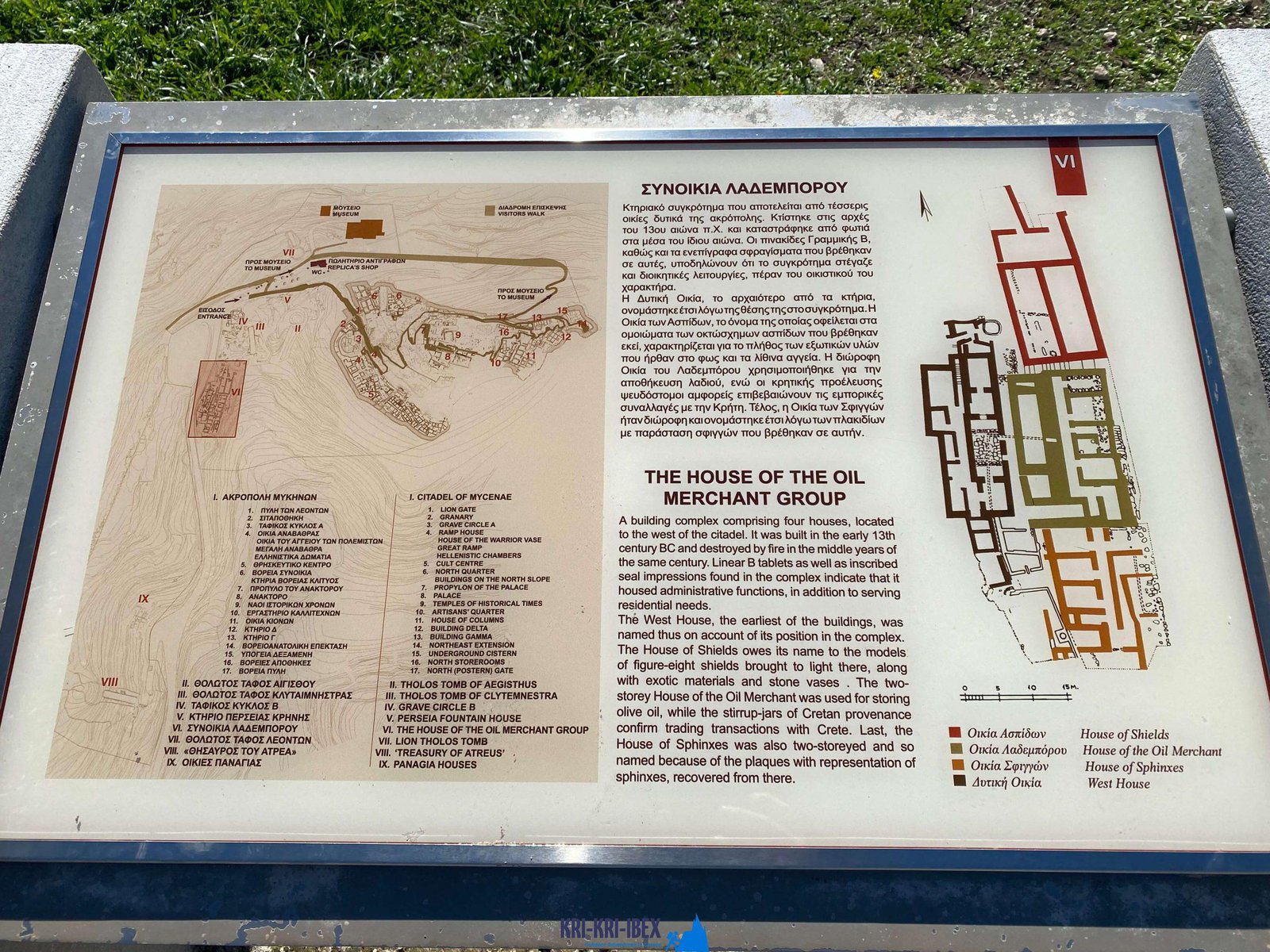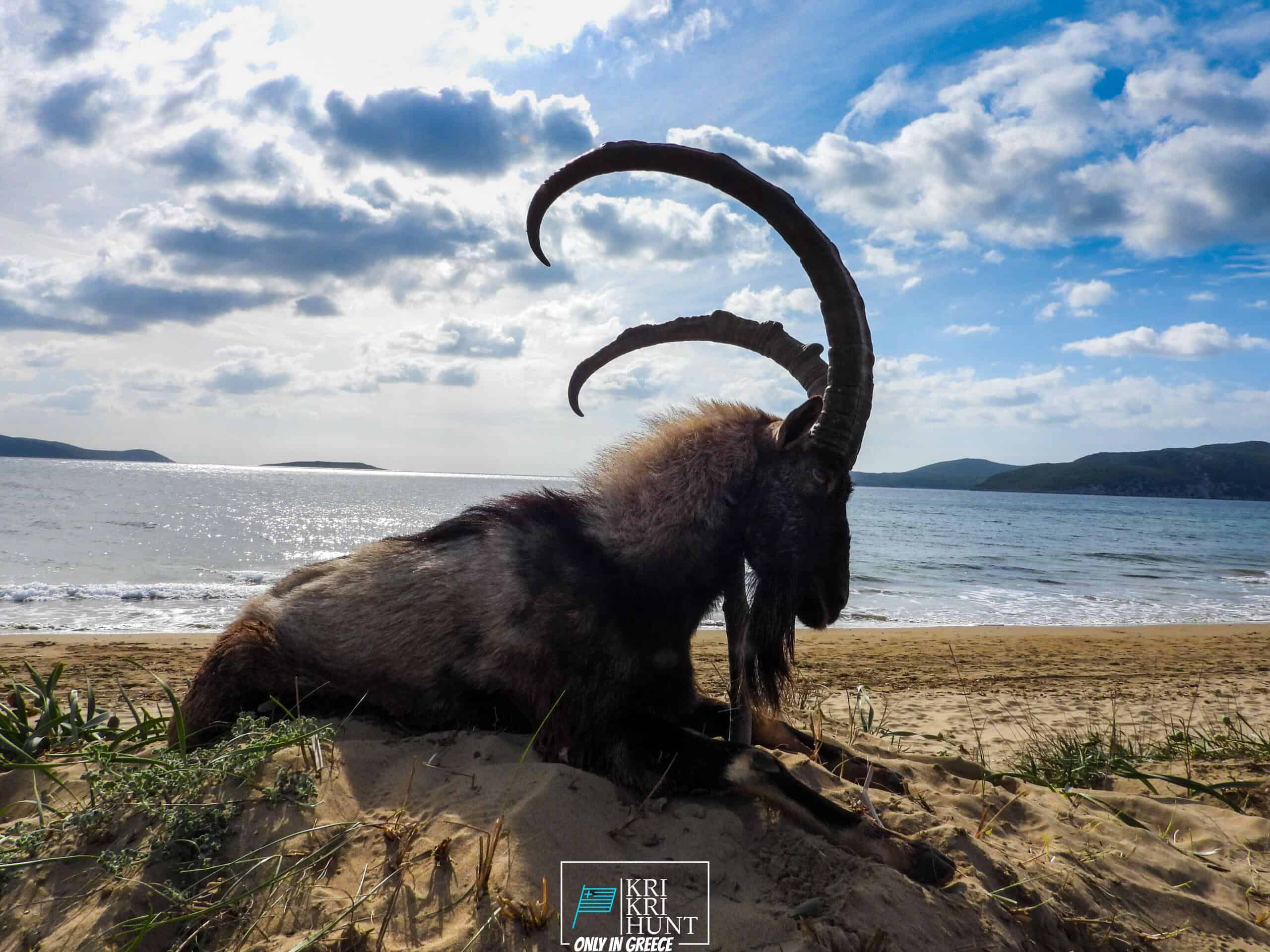Ibex Hunting in Greece: 4 days of pure adrenaline
Ibex Hunting in Greece: 4 days of pure adrenaline
Blog Article

Hunting for Kri Kri ibex in Greece is an interesting hunting and an extraordinary getaway exploration all rolled into one. For the majority of seekers, ibex searching is a challenging task with miserable conditions, however not in this case! During five days of exploring ancient Greece, diving to shipwrecks, and spearing, you'll come across gorgeous Kri Kri ibex on an exotic island. What else could you desire?

Hunting the kri kri ibex in Greece is a difficult task, particularly if you're an international seeker. You must be a local seeker in order to search kri kri ibex, which can only be shot in certain thoroughly safeguarded searching areas like particular islands. On 2 islands, 150 kilometers/ Atalanty/ as well as 300 kilometers/ Sapientza/ from Athens, we provide the possibility to hunt this great animal. It is just fired in special hunting areas from morning till midday, based on Greek law. Only shotguns may be used, and also just slugs might be made use of. Slugs are the only ammunition permitted. To ensure that only severe seekers are permitted on these explorations, you have to book a year in advance for your certificate. The licenses are released by the Greek Ministry of Nature and also Agriculture and the government concerns a certain number each year.
What to Expect on a Peloponnese Tour? When you book one of our hunting and touring Peloponnese Tours from Methoni, you can expect to be blown away by the natural charm of the area. From the immaculate beaches to the woodlands as well as hills, there is something for everyone to appreciate in the Peloponnese. On top of that, you will have the chance to taste some of the most effective food that Greece has to use. Greek food is renowned for being fresh and scrumptious, as well as you will absolutely not be let down. Among the most effective parts about our excursions is that they are created to be both fun as well as academic. You will certainly discover Greek background and society while likewise reaching experience it firsthand. This is an amazing opportunity to immerse yourself in everything that Greece has to offer.
If you're trying to find a genuine Greek experience, after that look no more than our exterior hunting in Greece with fishing, and cost-free diving trips of Peloponnese. This is a memorable means to see whatever that this remarkable area has to offer. Schedule your excursion today!
What is the diference between Kri Kri ibex, Bezoar ibex and hybrid ibex
The kri-kri is not thought to be indigenous to Crete, most likely having been imported to the island during the time of the Minoan civilization. Nevertheless, it is found nowhere else and is therefore endemic to Crete. It was common throughout the Aegean but the peaks of the 8,000 ft (2,400 m) White Mountains of Western Crete are their last strongholds–particularly a series of almost vertical 3,000 ft (900 m) cliffs called ‘the Untrodden’—at the head of the Samaria Gorge. This mountain range, which hosts another 14 endemic animal species, is protected as a UNESCO Biosphere Reserve. In total, their range extends to the White Mountains, the Samaria National Forest and the islets of Dia, Thodorou, and Agii Pandes.
This Ibex is NOT a diminutive form of the Bezoar Ibex, which has migrated into the western-most reach of the range of this species. The kri – kri (Capra aegagrus cretica), sometimes called the Cretan goat, Agrimi, or Cretan Ibex, is a feral goat inhabiting the Eastern Mediterranean, previously considered a subspecies of wild goat. The kri-kri has a light brownish coat with a darker band around its neck. It has two horns that sweep back from the head. In the wild they are shy and avoid tourists, resting during the day. The animal can leap some distance or climb seemingly sheer cliffs.
“The agrimi goat Capra aegagrus cretica is unique to Crete and its offshore islands. It has been identi®ed as a sub-species of the wild bezoar goat Capra aegagrus aegagrus Erxleben, 1777, which it closely resembles in horn shape, body form and coloration. This classi®cation has been disputed by some researchers who claim that the agrimi are feral goats, derived from early domestic stock brought to the island by the ®rst Neolithic settlers. In order to clarify this issue, DNA analyses (cytochrome b and D loop sequences) were carried out on tissue of live and skeletonized agrimi and compared to sequences of wild and domestic caprines. Results conclusively show the agrimi to be a feral animal, that clades with domestic goats (Capra hircus) rather than with wild Asiatic bezoar. This study demonstrates that morphometric criteria do not necessarily re¯ect genetic af®nities, and that the taxonomic classi®cation of agrimi should be revised.”
Report this page